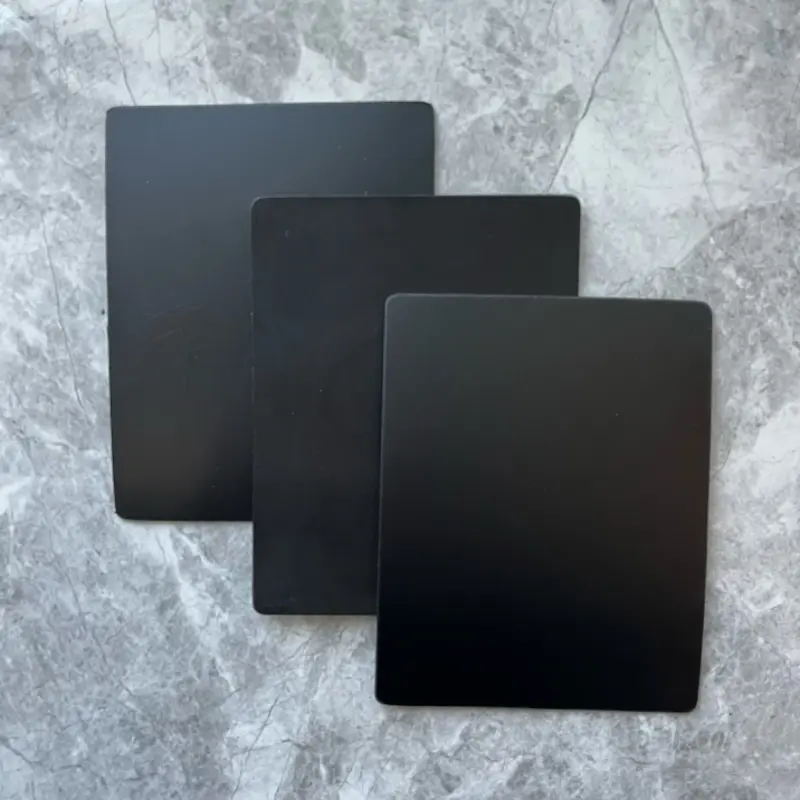What is geomembrane

A geomembrane is a synthetic membrane or barrier used in various civil engineering and environmental applications to control fluid migration in man-made structures. It is typically made from synthetic polymers such as high-density polyethylene (HDPE), low-density polyethylene (LDPE), polyvinyl chloride (PVC), or ethylene propylene diene monomer (EPDM). Geomembranes are designed to be impermeable and durable, providing containment for liquids, gases, and solids.
Geomembranes are widely used in applications such as:
1, Lining of Landfills: Geomembranes are used to prevent the leakage of contaminants from landfills into the surrounding soil and groundwater.
2, Water Containment: They are used in ponds, reservoirs, and canals to prevent seepage and retain water for various purposes such as irrigation, aquaculture, and water storage.
3, Wastewater Treatment: Geomembranes are used in wastewater treatment facilities to line tanks, lagoons, and other containment structures to prevent the leakage of wastewater and hazardous chemicals.
4, Mining: They are used in mining operations to line tailings ponds and heap leach pads, preventing the contamination of soil and groundwater by mining waste.
5, Environmental Protection: Geomembranes are used in environmental remediation projects to contain and isolate contaminated soil and groundwater.
Overall, geomembranes play a crucial role in environmental protection, waste management, and infrastructure development by providing effective containment solutions for various liquids, gases, and solids.
What is composite geomembrane
372650.webp)
A composite geomembrane is a type of geomembrane that consists of multiple layers, typically combining different materials to enhance performance and provide specific functionality. The most common configuration of a composite geomembrane includes a central impermeable layer sandwiched between two protective layers.
Here's a breakdown of the typical components of a composite geomembrane:
1, Impermeable Layer: The central layer of the composite geomembrane is the impermeable barrier that prevents the passage of liquids or gases. This layer is typically made from materials such as high-density polyethylene (HDPE), low-density polyethylene (LDPE), polyvinyl chloride (PVC), or ethylene propylene diene monomer (EPDM). The impermeable layer is the primary barrier against fluid migration.
2, Protective Layers: On both sides of the impermeable layer, there are protective layers made from non-woven geotextiles or other fabric materials. These protective layers serve several purposes:
They provide mechanical protection to the impermeable layer, reducing the risk of punctures, tears, or damage during installation and service life.
They enhance the stability and durability of the composite geomembrane, improving resistance to UV radiation, chemical exposure, and mechanical stress.
They act as a cushioning layer, distributing loads and stresses across the geomembrane surface.
Composite geomembranes are commonly used in applications where additional protection, durability, or specialized properties are required.
Some common applications of composite geomembranes include:
1, Landfill liners and covers
2, Pond and reservoir liners for water containment
3, Secondary containment systems for hazardous waste storage
4, Mining heap leach pads and tailings dams
5, Environmental protection and remediation projects
Overall, composite geomembranes offer a versatile solution for various containment and environmental protection applications, combining the impermeability of geomembranes with the mechanical properties of protective fabrics to meet specific project requirements.
Geomembranes are the best preventing seepage materials in fish ponds

People often choose geomembrane for preventing seepage in fish ponds, also known as fish pond anti-seepage membrane. Its structure is a single layer of high-density geomembrane without non-woven fabric on both sides. Why do people choose this type?
1, Non-woven fabric is usually made from recycled materials, and there are no volatile substances inside it that could harm the fish.
2, The smooth surface of the geomembrane can effectively prevent fish from escaping during the rainy season, especially species such as lobsters, crabs, fish, loaches, and eels that are adept at escaping.
3, Nowadays, fish pond aquaculture often encounters situations such as prolonged drought and low rainfall, leading to a decrease in groundwater levels and high permeability of pond soil, all of which can cause pond leakage.
Fish pond aquaculture geomembrane application effectively addresses the issue of seepage prevention in fish pond aquaculture. We remind all professional fish pond farmers that it is necessary to lay geomembranes for seepage prevention in fish pond aquaculture:
1, After winter fishing, proper planning is essential. Firstly, drain the pond water and remove debris and sediment. Allow drying for 10-20 days. Then, evenly spread a layer of clay, 15-20 centimeters thick, on the pond bottom and slopes, followed by mechanical compaction or tamping.
2, Lay a 0.5-millimeter-thick geomembrane as a seepage protection layer. Accurately measure the relevant dimensions of the fish pond according to its shape, and then cut and splice the geomembrane according to the actual situation. The overlap width between geomembrane seams should generally not be less than 15 centimeters.
3, After the geomembrane is laid, minimize walking and tool movement on its surface. Objects that could potentially damage the geomembrane should not be placed on or walked upon to avoid accidental damage.
4, Spread some grass seeds on the slope for grass slope protection to prevent erosion by rainwater.
Composite geomembrane are the best choice for lotus ponds

Composite geomembranes are the best materials for preventing seepage in lotus ponds.
These geomembranes consist of non-woven fabric on both sides with a white geomembrane in the middle.
1, The non-woven fabric on both sides effectively protects the central geomembrane, which is crucial for preventing water leakage in lotus ponds.
2, While the central geomembrane is key, the fabric on the sides prevents direct damage from humans or animals, and also inhibits lotus roots from damaging the membrane during growth. In other words, the composite geomembrane can prevent lotus roots from penetrating and continuing to grow downwards. Therefore, composite geomembranes are commonly chosen for seepage prevention in lotus ponds.
In summary, composite geomembranes should be used for seepage prevention in lotus ponds, while geomembranes are suitable for seepage prevention in fish ponds.
594.webp)
897.webp)
942.webp)
237.webp)